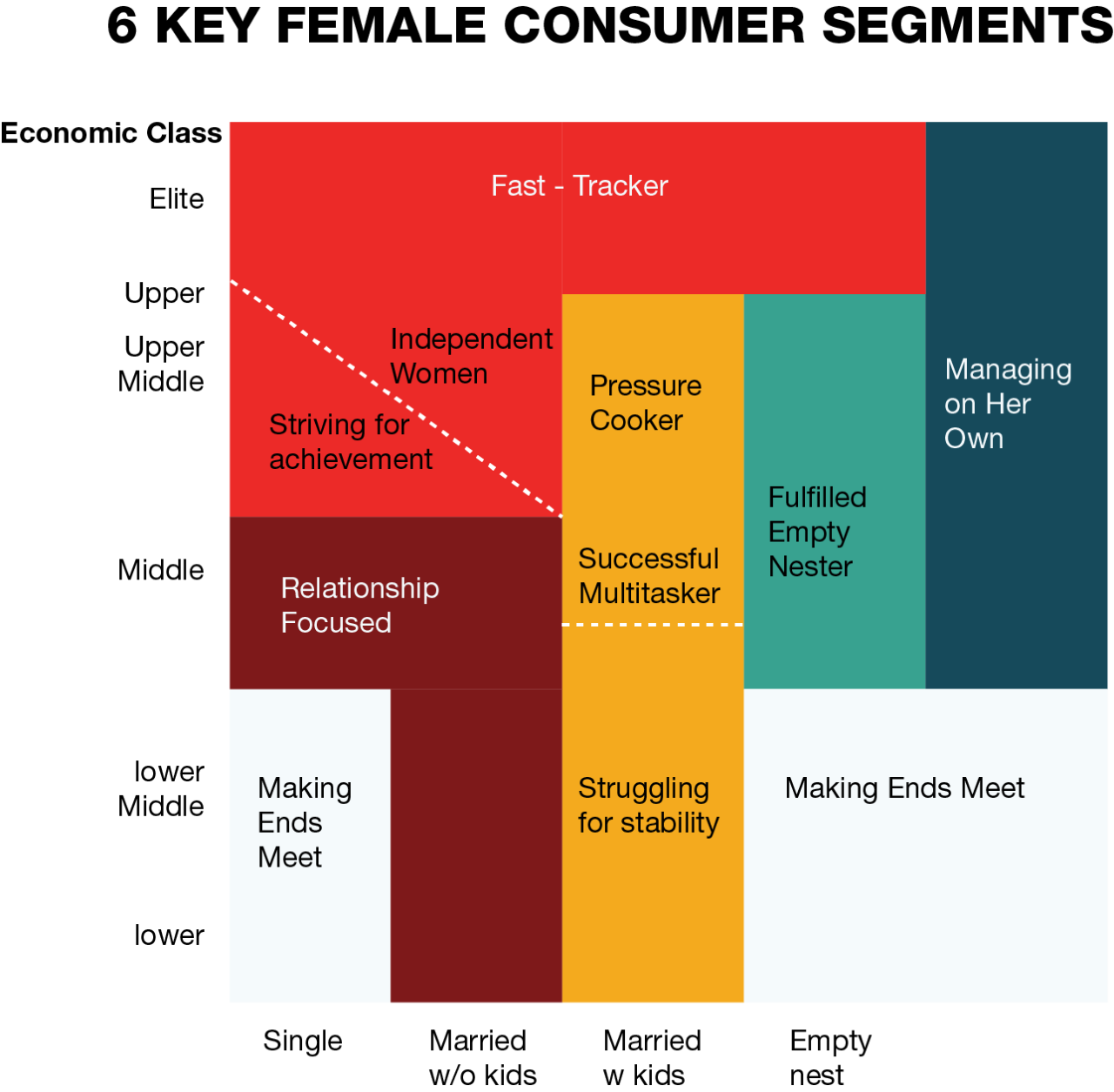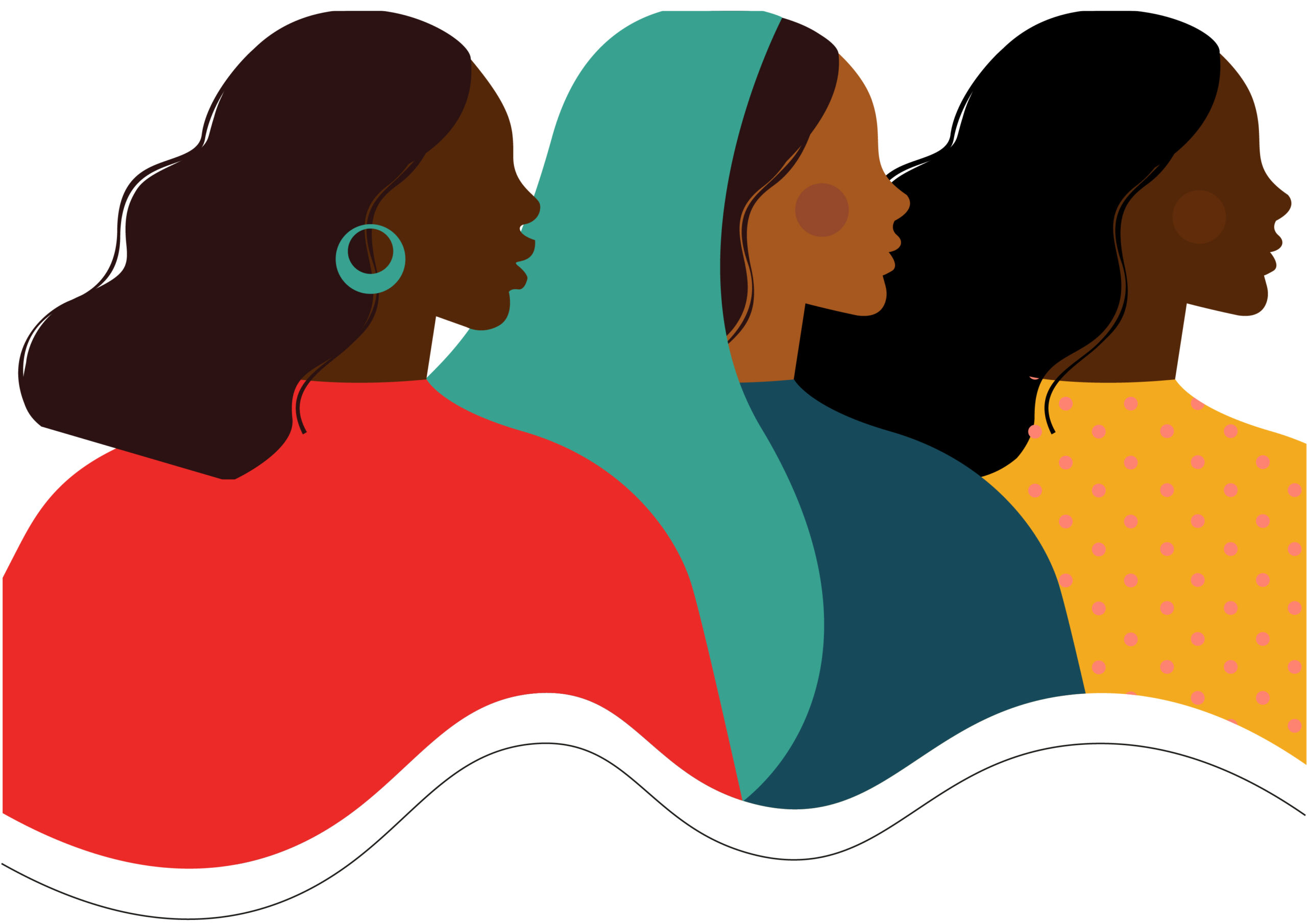Today’s brands must be responsive to change to continue to remain relevant in the cluttered marketplace. It must also continue to recognize the ever-increasing changes in gender relations. Women are becoming forces in every endeavor of life and consumer space is no exception. They are demanding to be heard and not just seen and as such many women are lending their voices to the equality campaign. This demand for equality transcends every facet of their lives and marketing is not excluded. They resent being stereotyped and demand more equality in marketing.
Today’s women are evolved and dynamic. Therefore, marketers must do the hard work to connect to this gender instead of relying on outdated assumptions and stereotypes. Take the time to learn their motivation pain points, passions, and purpose in order to present your brand in a way that is meaningful to them. It is worthy to note that a woman knows when you are simply patronizing her as oppose to being authentic with your message.
As the world celebrates Generation Equality, here are five things brands should consider when marketing to women:
Don’t define her by her age
Marketers should not segment women strictly by age. Whether a woman is 28, 39, or 52, she’ll respond more to marketing messages that address her life stage, not her biological age. As women navigate through life, they change. They may grow up in a particular neighborhood or cultural tradition, but make a life in another. Some pursue a particular degree and end up abandoning it to become an entrepreneur. Many jump headfirst into their careers, then reevaluate their professional goals after becoming mothers. Some grow up thinking motherhood is inevitable, then ultimately decide not to have children at all.
Unlike previous generations, today’s women are experiencing life in a less linear fashion; they are delaying marriages or putting it off altogether, having babies in their 40s, starting new careers in their 50s, and even re-entering the dating scene in their 60s. Hence, marketers need to clearly understand the life experiences in marketing to the different life stages of women and tailor their messages accordingly.
These messages should speak to the woman’s current truth which may be different from what marketers expect her to be experiencing at that age in life. It is no longer an age thing, it is now a stage thing.

The figure above illustrates the six key stages women may experience during their lifetime. Marketers need to take the time to represent what each stage holds for the woman- their needs, challenges, and goals. All these need to be represented authentically.
Don’t patronize her with the color PINK or Pastels
In the movie Charlie’s Angels, Nat Faxon in his character as Peter Fleming commented about Calisto “It can be manufactured in pastel colors for the ladies.”
Everyone hates clichés and Pink is just one of them. While pink is a beautiful color in the general context, in a gender-based context, the color pink is just a watered-down version of a brand’s message to its female consumers. Women don’t want to be known by just a color, they are so much more than that and their personalities are diverse like those of their male counterparts. Therefore, using Pink to sell to the different types of women is echoing the predated stereotypes that women are fighting against. Women love other colors as well, even when they are considered male colors, for example black, blue or grey. Suggesting that women will clamor for a product wrapped in pink packaging just because some marketer assumes that all women love pink can come across as condescending. Marketers should learn to view women through a multidimensional lens and not a unidimensional one because they are so many things and not just one thing. Categorizing them with pink or other pastel colors is a limiting view of women.
Her input is valid to your general message strategy
A woman thinks differently from a man. This is not just a psychological fact, but it backed by science. Her genetical and biological makeup colors her opinions with emotions. She can think of a message objectively and emotional. Messages that are just objective without emotions attached to them, fail to resonate with her. Marketers must recognize that a woman processes information with her heart and her brain. Tell her a story that is laced with emotions to connect with her. As simple as this sounds, many brands have failed to apply it in crafting their brand message, especially when selling to both sexes at the same time.
A simple and effective way to market to women is to integrate their stories into the messaging of your brand. What better way to reflect and connect with real women than to highlight their experiences. While is it is understandable that every woman’s journey is unique, she encounters challenges and wins that other women can relate to. Hence marketers can find these common paths and weave it into their brand story. Marketers will find that it is important to have women’s input in their content and product development process to effectively market to them. Get them involved!
Get Deep with her
Who she is might be different from who she tells you she is.
Cynthia: I love my melanin color
Cynthia: I really want to be lighter
Women are deep and getting to the depth of who she wants to be is where the marketing gold resides. Marketers must be willing to spend time and resources to understand the female consumer in her entirety- her past, her present and future ambitions or fantasies. They must be willing to get past what she just says to observe her in her natural element. Who she says she is just one part of the story? To get the full story, marketers must enter her life and see her natural tendencies in a real-life situation. If such an effort is not invested in the insight & intelligence gathering stage, it will only lead to a waste of the marketing budget in the marketplace.
Lend a voice to what she cares about
Today’s woman is very vocal about social issues. From politics to domestics, she lends her voice to causes she cares about. Gone are the days when her concerns where just ephemeral. Today she recognizes the strength and importance of her voice. She lends its unreservedly to social issues. Part of making your brand accessible to women is offering something that speaks to her needs and lets her know you are paying attention to what she cares about. Join her to explore the real issues she faces and offer a platform to promote awareness and change. Women desire brands that stand for something and not brands that just promote empty consumerism. Marketers need to find the cause most passionate to their target audience and aligns with their brand values.
In closing, It is no longer news that women now drive the world economy. They are not only the largest consumer base they also dominate consumer purchasing decisions. They are responsible for purchasing or influencing the purchases of goods for themselves and everyone around them: partners, children, aging parents, and friends. It is therefore imperative for brands looking to reach this coveted audience must move beyond traditional marketing methods to understand how cultural shifts affect this diverse group. Positioning your brand for the female market is not only crucial to the profitability of a brand but to its




